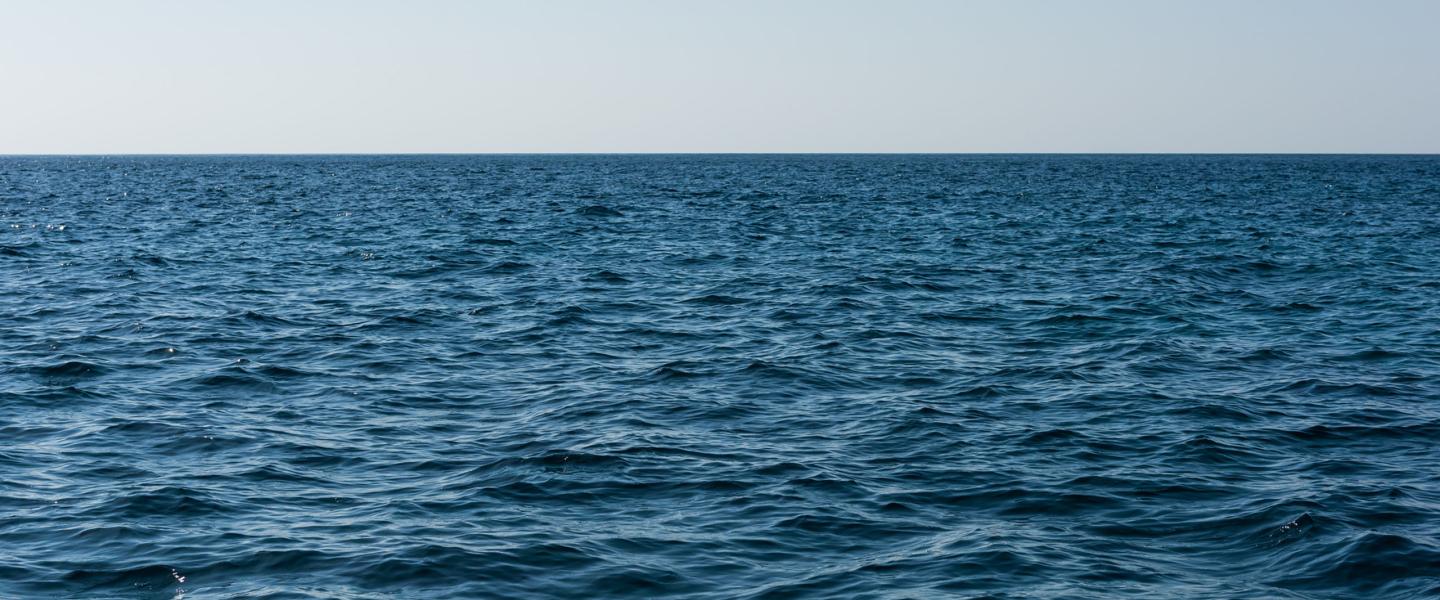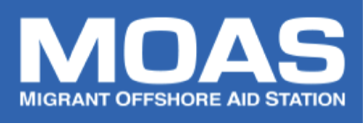
MOAS – MIGRANT OFFSHORE AID STATION
A Story to tell by Elizabeth Mavropoulou
Introduction
Most people will remember the immense tragedy following the shipwreck of a boat carrying 500 migrants, most of them Eritreans and Somalis, from Africa to Europe that sank off the southern Italian island of Lampeduza, taking with it at least 150 people on the 13th of October 2013.
Only the strongest survived”, Simona Moscarelli, a spokeswoman from the International Organization for Migration in Rome, had told the BBC when asked to comment on the incident.
This, however, is not, the only tragic case of untimely deaths of migrants attempting to cross the Mediterranean, though it may be the most recognizable one. Almost every month there are reported incidents of migrants’ loss of life at sea during their journey to Europe from countries in Northern Africa and the Middle East in search of a better life.
Mitigating the loss of life at sea has been the ultimate goal of the recently established Malta-based Migrant Offshore Aid Station (MOAS) Foundation, founded by the Catrambone Family in 2014. Catrambone’s goal to rescue people crossing the Mediterranean Sea in unsafe vessels, who are found in distress and who require rescue under the established “Duty to render assistance” codified in the UN Convention on the Law of the Sea (UNCLOS) 1982, has undoubtedly been successful judging from the quantifiable results from their first year of operation.
Recently, HRAS had the pleasure to discuss and understand what MOAS actually comprises, through talking to the Director of Operations, Mr. Martin Xuereb, a Maltese national. Having completed the MOAS operations for 2014, Mr. Xuereb was in the position to reflect and share with HRAS, his thoughts on the past year of their operations.
It is highly impressive that during their first year of operations, the MOAS team which comprised a ship’s crew including, medical staff, specifically trained personnel for maritime rescue operations and members of the Catrambone family, used their privately purchased 40 metre expedition vessel equipped with Rigid Inflatable Boats (RIBs) and two remotely piloted aircrafts (Unmanned Aerial Vehicles (UAVs)) or otherwise known as ‘drones’, the Phoenix, to save the lives of 2729 people in 60 days during three operations, in the summer of 2014. The Phoenix left Malta to launch its first operation on the 25th of August 2014 and returned at the end of October.
MOAS conducts operations at a certain time-period each year reflecting the assessed height of migrant crossings of the Mediterranean Sea, with the peak being reached during the summer period. In contrast, it is believed that less people attempt the crossing during wintertime. However, as Mr. Xuereb stressed, it is not that there is no migration during winter period, rather it has been observed that the numbers and frequency of crossings fades out due to poor weather conditions.
MOAS operations
MOAS was specifically established in order to act as an offshore aid station and provide humanitarian assistance to people in distress at sea. It cooperates and acts in coordination with the official authorities of Italy and Malta, as well as with the respective Rescue Coordination Centres (RCCs), in particular with the one based in Rome.
During the past year, MOAS patrolled close to the Libyan territorial waters, approximately 30 to 40 nautical miles off-shore Tripoli in the so called “ Libyan Search and Rescue Region”, looking for indications of migrant boats using radar and other ships sensors, and awaiting calls-to-assist by the Libyan, Maltese and Italian governmental authorities.
Through the MOAS AIS (Automatic Identification System), all vessels knew the position of the Phoenix-station at any time, so it could be immediately contacted to render assistance where necessary and in the situation of a reported incident.
Nevertheless, there have been times when MOAS has proactively acted to render assistance by identifying the vessels in distress on its own initiative through use of its drones and other ships sensors. In such cases, MOAS informs the Rome based “Rescue Coordination Centre” and awaits further instructions working in conjunction with other vessels on government service.
In the meantime, as and when circumstances require, the MOAS team stabilize the vessels and those people in distress onboard. In getting alongside the invariably unseaworthy vessels, the MOAS team of professional rescuers hands over water, life jackets and food as necessary, before awaiting the arrival of government authorities.
Mr. Xuereb, told HRAS that there had been 8 occasions in the first year of operations where the Rome RCC authorized MOAS to take migrants on board of the aid-station in circumstances where any further delay could have resulted in the people’s death. In those cases, the MOAS team received the people on board and provided first-aid, water, food, medication and clothes. Having sailed to Sicily, MOAS disembarked the migrants at Lampeduza port for officials to take control.
Mr. Xuereb clarified that as MOAS are a professional Search and Rescue Aid Station, focusing exclusively on the duty to rescue people in distress, they do not get involved in any political issues (such as asylum applications) whatsoever following the disembarkation of migrants to either Italy or Malta. MOAS is not, as some may see it, a migrant ferry, but uses all its resources to assist the relevant official Rescue Coordination Centres to locate and help alleviate the suffering of human beings and to save lives where possible.
Actions of MOAS
Despite Italy’s former ‘Mare Nostrum’ national military led rescue operation, as well as other operations to intercept and rescue migrants throughout the Mediterranean, tragic incidents continue to occur.
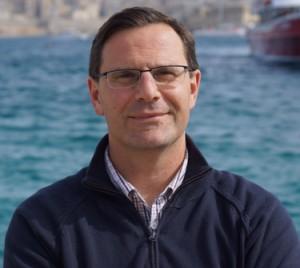
Mr. Xuereb clarified one of MOAS key beliefs, (which was shared by the Italian Mare Nostrum operation) that: “The more boats are saved, the less chances there are for tragedies”. He further illustrated the case where there can be 8-10 boats waiting to be assisted, but the lack of equivalent well-trained rescue teams onboard other vessels in the vicinity become a key factor as to whether or not those boats are provide with timely assistance, or at all.
Mr. Xuereb further emphasized the need for further collaboration and cooperation between all stakeholders, governments and individuals, as he believes that this co-ordinated approach is the only solution in mitigating the loss of life at sea.
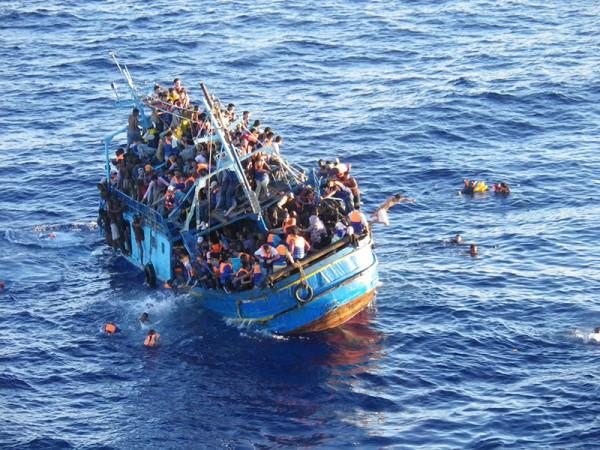
Under the circumstances, MOAS has felt compelled to respond to countless pleas to make Mediterranean Sea safer by undertaking individual action. It has been noted that there is some “hesitation” coming from parts of the maritime industry, such as ship-owners and shipping associations, which Mr. Xuereb sensed as being justified by the current legal regime governing human rights at sea: He stated: “As it stands today, the regime (for rescue at sea) instead of helping the ship-owners, ship-managers etc,, hinders them”.
MOAS shares the view that the duty to render assistance to people in distress is not only a legal obligation of states, but also a legal and moral obligation of individual civilians and of the maritime industry itself.
Positively, MOAS has not encountered political unwillingness from the countries it cooperates with. Both Italy and Malta fully acknowledging their duty to save people in distress do everything possible to mitigate the loss of life at sea.
Neverlethess, what Mr. Xuereb currently finds missing, is the lack of specifically trained personnel on board rescue vessels coordinated by the merchant navies and commercial sector. He has noted that the majority of navies do not have in-depth technical knowledge of rescue operations, in effect making the work of MOAS unique by adding value to their own missions. Of key note, the Rome Rescue Coordination Centre has acknowledged the unique contribution of MOAS in making Mediterranean Sea a safer sea to cross.
Disseminating the message
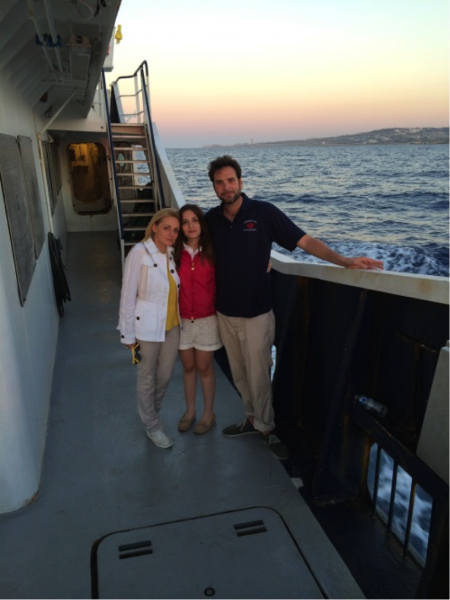
Mr. and Mrs. Catrambone have actively chosen to engage in humanitarian work, and through the establishment of the Migrant Offshore Aid-Station, this choice has been vindicated. MOAS saved almost 3.000 people in 60 days at sea proving their concept has both teeth and delivers on their aims.
At the time of writing, following this years’ success in saving lives at sea, MOAS is officially off operations and now pursuing further funding in order to continue to save lives next year, as during 2014, the Catrambone family privately funded all operations.
Looking forwards to next year, Mr. Xuereb expressed his focus to re-launch operations in March 2015 while concurrently gaining further international recognition and support.
MOAS has been invited by the UN High Commissioner for this weeks dialogue in Geneva to engage in the dialogue and discussions on “The Protection at Sea”.
